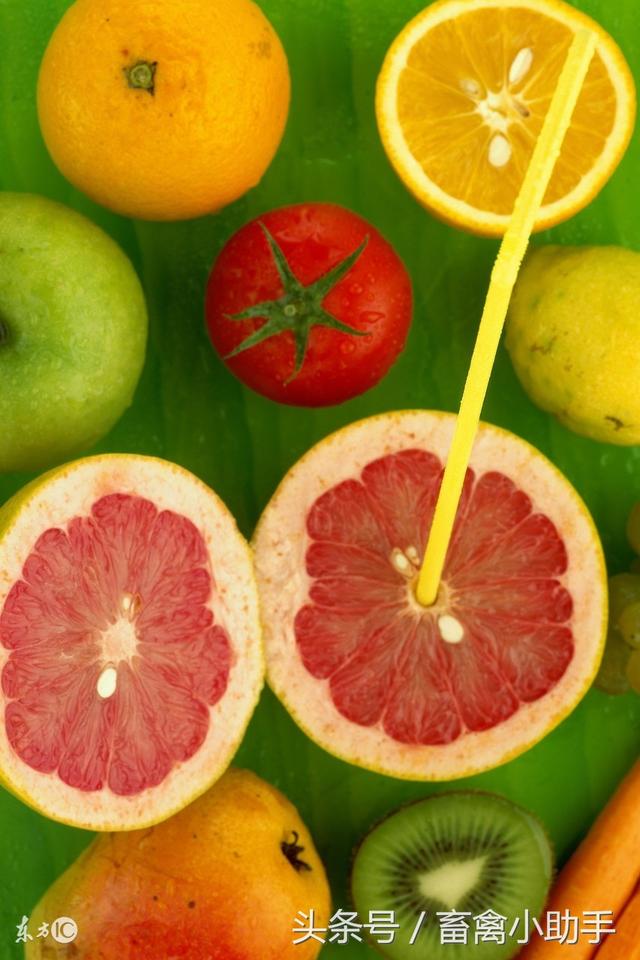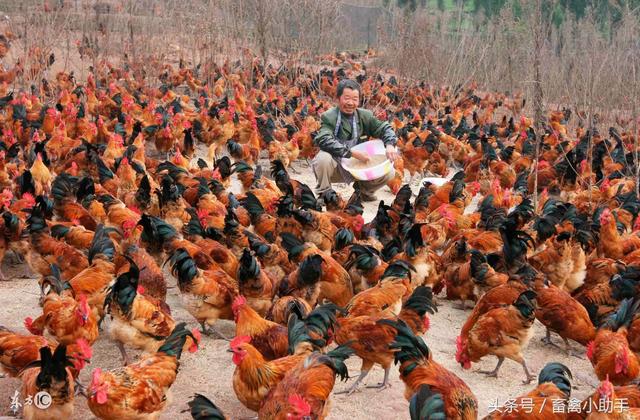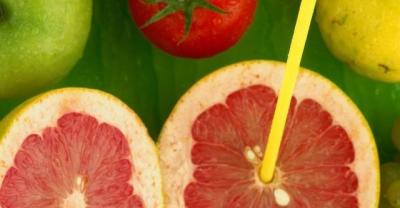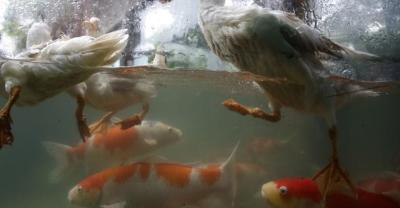Analysis of the wonderful use of Vitamin C in Culture
For vitamin C, farmers should be no stranger to friends, but its role, do you know all? Today we will talk about the wonderful use of vitamin C in aquaculture.
Super anti-stress effect of vitamin C
Compared with the broiler chickens without VC, the death rate decreased significantly and the body weight increased significantly. In production practice, the preventive dose of VC can reduce the adverse effects of different stress states, such as high temperature, high humidity, sudden interruption of feed and drinking water, immunization, disease, molting, beak breaking, capture, noise, transfer and so on. Therefore, in the cold winter, the appropriate amount of vitamin C supplementation to chickens can significantly reduce the incidence of chickens.

Vitamin C contributes to bone formation
At present, the incidence of leg weakness in broilers has been greatly increased. It is believed that the main reason is the difference between fast muscle growth and slow bone development in modern breeder chickens. The resulting economic losses can be as high as 15% of the total income. In a basic study, VC was added to a VD-free diet, and the level of VC was gradually increased from zero to 2560 IU/kg. Each group of diets was fed separately or supplemented with VC. During the 21-28-day-old period, blood samples were collected and tibia and phalangeal bones were taken for analysis. VC increased the calcium binding ability of the duodenum by 50%, so adding vitamin C in chickens can promote bone formation.
Vitamin C is a powerful water-soluble antioxidant
It can protect other antioxidants, such as vitamin A, vitamin E, unsaturated fatty acids from oxidation, intracellular glutathione reduction state, superoxide dismutase, various biological activities of reduced sulfhydryl (- SH) enzymes, and prevent the damage of free radicals to the body. Therefore, it has a certain protective effect on the tissues and cells of various organs of the body, ensuring the normal and repair of organs (such as liver, kidney, etc.), cellular integrity and metabolism (liver detoxification), and function.
For the treatment of chicken cold, adding large doses of vitamin C and E can effectively protect the ovarian follicles, oviduct mucosal epithelium and various tissues and cells from the damage of oxidative free radicals produced in the body under pathological conditions. reducing the occurrence of follicular liquefaction can play an excellent effect on treatment and recovery of egg production in the later stage. It is suggested that the addition of vitamin C during the treatment of chicken disease not only contributes to the recovery of the disease, but also contributes to the recovery of fallopian tubes and ovaries in the later stage.
Detoxification effect
When drug poisoning occurs in birds, using glucose plus Vc as drinking water, mixing or intravenous injection can greatly reduce the permeability of capillary wall and protect liver function. At the same time, it can strengthen the filtration and overweight absorption function of glomeruli and make the poison excreted out of the body.

Enhance the effect of deworming drugs
Parasitic diseases in chickens can affect the synthesis of Vc in chickens. At the same time, the worm will also secrete toxins to poison the body, causing varying degrees of allergic reaction or stress in chickens. If Vc is used in the treatment, it can enhance the deworming effect of the drugs and the tolerance of the body to anti-parasite drugs, thus making the body recover faster.
In short, there are many wonderful uses of vitamin C in chicken breeding, we can not simply put it into the ranks of detoxification, its real role remains for us to continue to discover, to dig, let it play a big role in our breeding process.

The causes of bacterial diseases that are difficult to treat and easy to repeat
1. Antibiotics are generally used in the treatment of bacterial diseases, and antibiotics produce drug resistance relatively fast, resulting in bacterial diseases are very common.
2. To choose a good treatment plan, it is generally necessary to do a drug sensitivity test, but it is more troublesome and needs to wait for the results.
3. Bacterial diseases generally occur urgently, and if they cannot be cured quickly, they will cause casualties.
4. It is recommended to use designated thiamphenicol, which not only has a wide antibacterial spectrum, but also can almost control bacterial diseases in three days, especially severe Escherichia coli and Salmonella.
To learn the efficacy of designated thiamphenicol, please click "learn more" at the bottom of the article.
- Prev

Culture methods and matters needing attention of Muxiang Flower
The surface of Muxiang flower is yellowish brown or grayish brown, distributed in Sichuan, Yunnan and other places in China, the branches of Muxiang flower can extend to more than 6 cm, branches and leaves.
- Next

Culture methods and matters needing attention of Milan flower
Milan is a beautiful flower with a beautiful name. It is an evergreen shrub or small tree. If there is love, life will blossom. As long as we take good care of it, it will.
Related
- On the eggshell is a badge full of pride. British Poultry Egg Market and Consumer observation
- British study: 72% of Britons are willing to buy native eggs raised by insects
- Guidelines for friendly egg production revised the increase of space in chicken sheds can not be forced to change feathers and lay eggs.
- Risk of delay in customs clearance Australia suspends lobster exports to China
- Pig semen-the Vector of virus Transmission (4)
- Pig semen-the Vector of virus Transmission (3)
- Five common causes of difficult control of classical swine fever in clinic and their countermeasures
- Foot-and-mouth disease is the most effective way to prevent it!
- PED is the number one killer of piglets and has to be guarded against in autumn and winter.
- What is "yellow fat pig"? Have you ever heard the pig collector talk about "yellow fat pig"?

